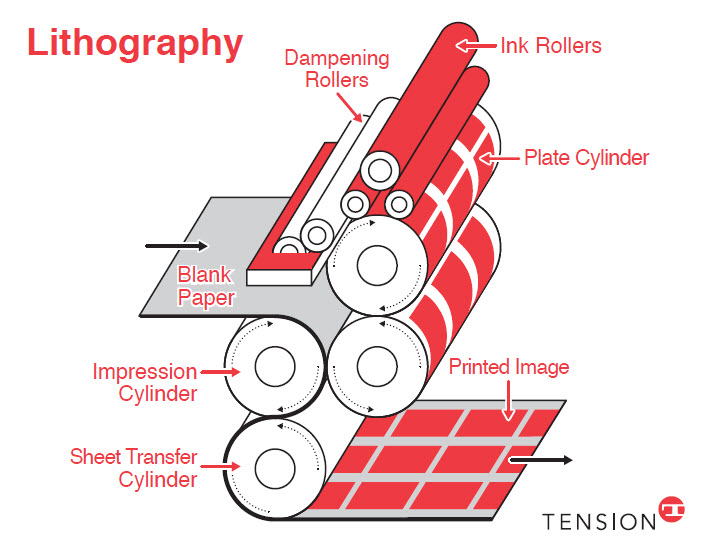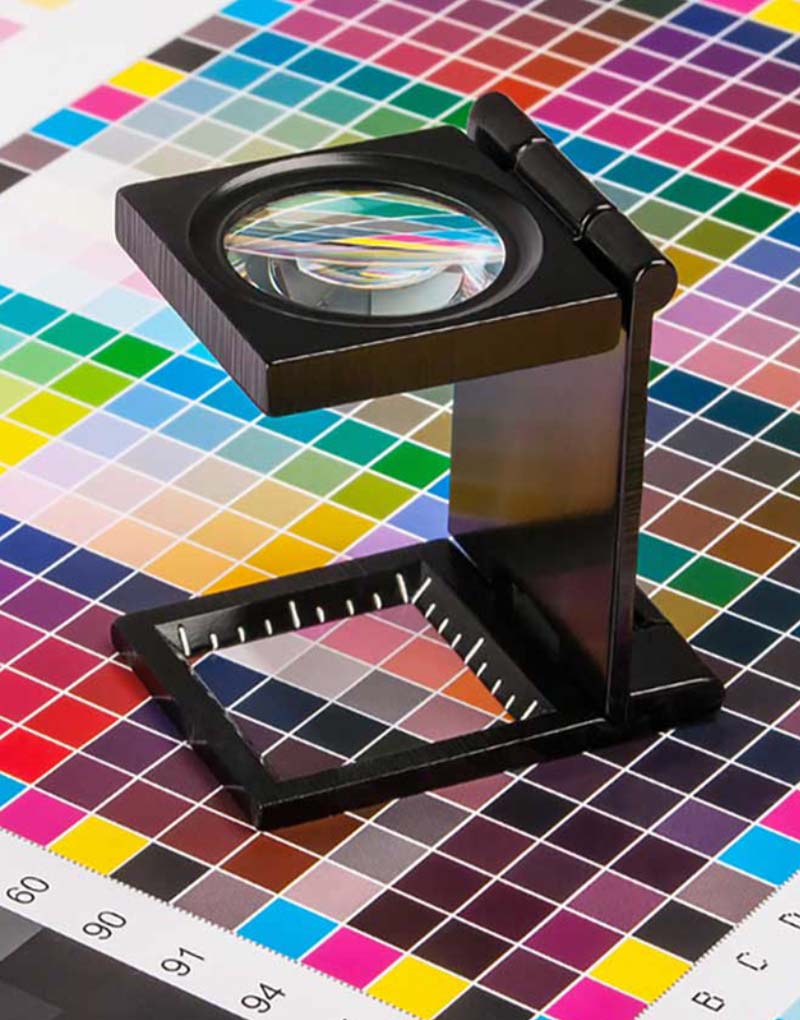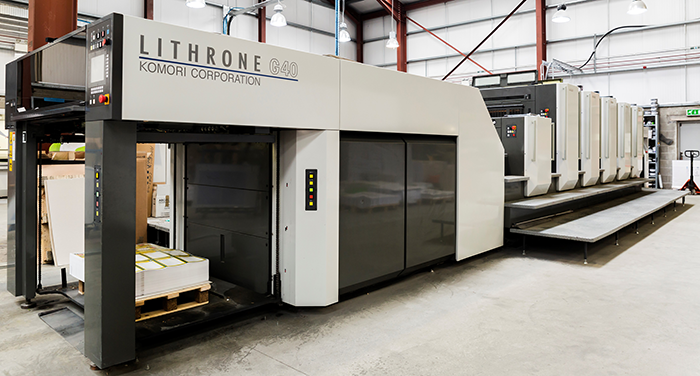A Comprehensive Overview to Comprehending Litho Printing Strategies
The world of litho printing, a strategy originating from the late 18th century, is a fascinating mix of history, art, innovation and science. Stay with us as we trip right into the captivating world of litho printing.
The Historic Evolution of Litho Printing
The historic trajectory of litho printing, a crucial innovation in the world of interaction, is a fascinating tale of human ingenuity. The process evolved with the advent of the rotary press, which significantly increased productivity. Each phase of litho printing's development showcases humankind's ruthless quest of efficiency and quality in aesthetic communication.
Decoding the Scientific Research Behind Litho Printing Inks
Relocating ahead in the exploration of litho printing strategies, the emphasis currently moves to the science behind litho printing inks. The make-up of these inks, their drying out process, and color mixing strategies develop the backbone of this complicated art type. Understanding these components is important to mastering the craft and attaining the wanted print results.
Make-up of Litho Inks
In lithographic printing, the basic function of litho inks can not be overemphasized. The make-up of litho inks differs depending on its objective, but typically, they are composed of two main parts - pigments and cars. Pigments, the color-providing elements, are finely ground fragments suspended in the lorry, a liquid that carries the pigment onto the printing surface area. The car is an intricate mixture of resins, solvents, and oils, which affect the ink's drying out time, attachment, and gloss. Additionally, different ingredients are existing to enhance specific residential or commercial properties like circulation, drying, and resistance to ecological results. Each component plays a crucial part in the last print's quality, making the specific formulation of litho inks a complex scientific research.
Ink Drying Refine
From the structure of litho inks, focus turns to the fascinating procedure of ink drying. The drying out process is critical, as it influences the final print's top quality and durability. 2 main methods are used in litho printing: oxidative drying and absorption. Oxidative drying involves the ink responding with oxygen in the air to form a hard, dry film. This method gives a resilient surface, yet can be slower contrasted to absorption. Absorption, on the various other hand, includes the ink leaking into the paper fibers, which is a faster procedure but can result in less vibrant colors. The choice between these methods is dependent upon factors such as print rate needs, the paper kind made use of, and the wanted coating.
Shade Combining Methods
While the drying out process plays a crucial function in litho printing, the science of shade blending methods holds equivalent significance. The science behind litho printing inks likewise takes right into account the openness of the ink, which affects how shades overlay and mix.
The Art and Design Aspects in Litho Printing
Litho printing breathes life into art and design through its one-of-a-kind components. Litho printing suits a variety of colors, making it possible for musicians to produce lively and dynamic prints. This mix of precision and flexibility makes litho printing a recommended choice for numerous musicians and developers.
Modern Applications of Litho Printing Methods
Litho printing techniques have located considerable usage in the modern business market. Its influence and relevance remain to grow with Bonuses the development of new technologies and modern technologies in the area. This section will explore these modern applications and the transformative duty they play in the printing market.
Commercial Litho Printing Utilizes
In today's electronic age, one may ask yourself regarding the relevance of standard printing approaches. Yet, litho printing stays an essential part of the commercial sector. High-volume printing jobs, such as the manufacturing of books, newspapers, and product packaging, rely upon litho printing for its capacity to deliver premium photo high quality and price performance. The procedure, which involves transferring an inked photo from a plate onto a rubber blanket and after that to the printing surface, offers unrivaled uniformity. This makes it ideal for jobs needing a big print run. Litho printing likewise provides a broad color spectrum, remarkable to that of electronic printing. This makes it the go-to option for jobs that require vivid, top quality color reproduction.
Technologies in Litho Printing
Pressing the borders of typical strategies, modern-day advancements have fueled a host of advancements in litho printing. These innovations have not only improved the high quality and efficiency of litho prints but additionally broadened its application range. One popular development is electronic litho printing, which incorporates the merits of electronic modern technology with litho's high-grade result. This hybrid model supplies faster configuration times, minimized waste, and enables on-demand printing. Another remarkable innovation is the introduction of eco-friendly inks. These inks, made from vegetable or soy-based solutions, have actually substantially decreased the industry's environmental impact. litho printing. In addition, the development of innovative plate innovation has streamlined the printing procedure, resulting in sharper photos and improved shade fidelity. These technologies highlight the enduring significance of litho printing in the modern world.
Checking out the Process of Litho Printing: Detailed

Obstacles and Solutions in Contemporary Litho Printing

Regardless of the precision and tradition that litho printing happily upholds, it is not without its set of contemporary challenges. Digital litho printing permits for cost-efficient brief runs and very easy modification, resolving the concern of variable information. Therefore, while there are challenges, the litho printing market is proactively adapting to meet them head-on, guaranteeing its importance in the future.
Conclusion
In article source conclusion, litho printing, with its abundant background and scientific details, holds a considerable place in the print sector. The future of litho printing hinges on its ability to adjust to these changing needs, affirming its long-lasting worth in a progressing market.
